Kids love cat facts, and cat-loving adults do, too! Did you know that cats who fall five stories have a 90 percent survival rate? Do you know how fast a cat can run or how high they can jump?
Introducing kids to pets is a useful and important way to teach them to respect animals. Starting out with some cool, interesting cat facts can spark a lifetime of curiosity and care for felines.
January is Brain Teaser Month, which is a perfect time to tease your brain with some fun tidbits about kitties. And January 4th is National Trivia Day, so it’s an even better time to test your feline knowledge!
Here are 21 interesting cat facts that kids — and grown-ups — may not know that can further immerse them in the feline world!
Do you have an interesting fact about cats of your own? What are your favorite cat facts? Let us know in the comments below!
Related Articles:
21 Cool Cats Facts To Share With Kids
-
The average cat sleeps 16 to 18 hours per day.

(Picture Credit: Getty Images)
-
Calico cats are almost always female.

(Picture Credit: Getty Images)
-
Cats can run up to 30 miles per hour.
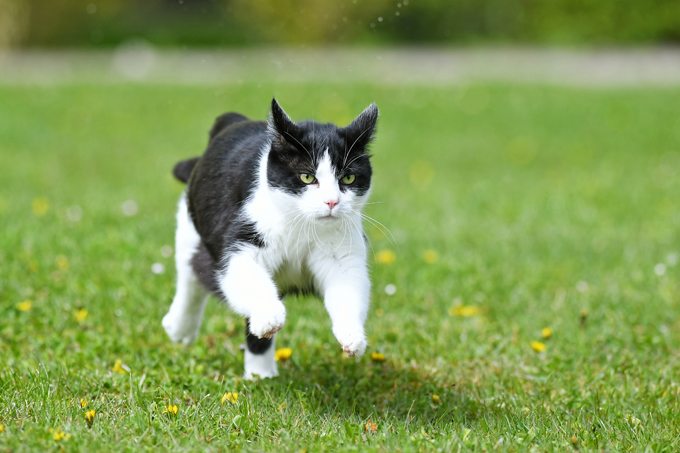
(Picture Credit: Getty Images)
-
A male cat is called a “Tom” and a female cat is called a “Queen.”

(Picture Credit: Getty Images)
-
Cats can make more than 100 different vocal sounds.

(Picture Credit: Getty Images)
-
An adult cat has 30 adult teeth.

(Picture Credit: Getty Images)
-
A cat can jump approximately seven times their height.
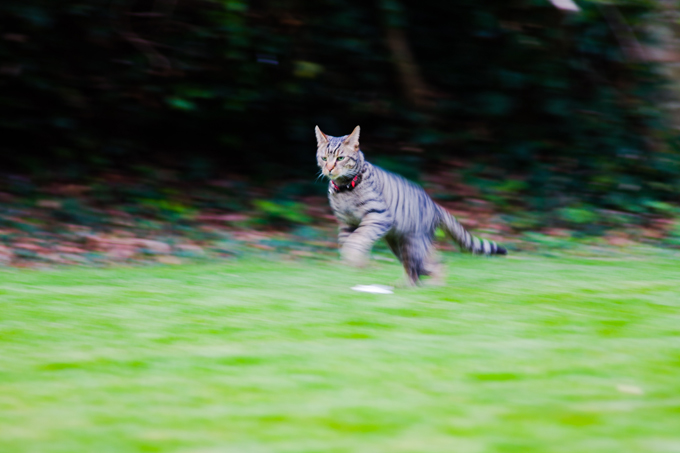
(Picture Credit: Getty Images)
-
Cats cannot taste anything sweet.

(Picture Credit: Getty Images)
-
A cat's sense of smell is approximately 14 times greater than that of a human.

(Picture Credit: Getty Images)
-
A group of kittens is called a kindle; a group of adult cats is called a clowder.
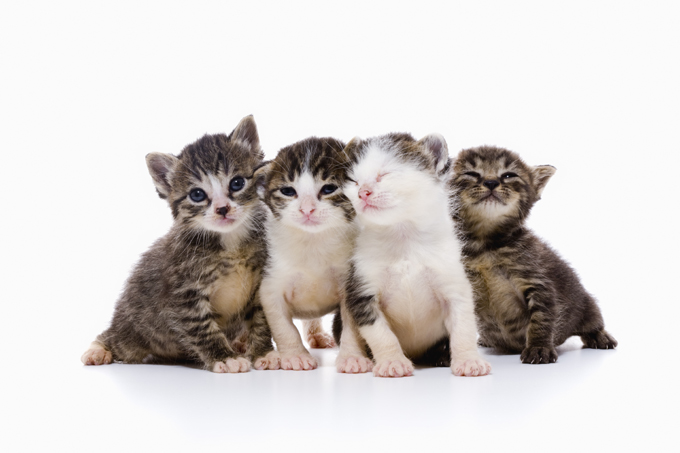
(Picture Credit: Getty Images)
-
Cats have five toes on each front paw, but only four toes on each back paw. Some cats have extra toes and are called "polydactyl" cats.
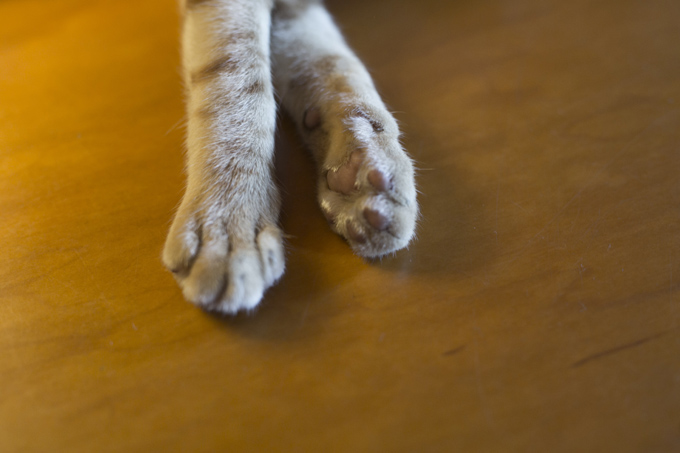
(Picture Credit: Getty Images)
-
Cats who fall five stories have a 90 percent survival rate.

(Picture Credit: Getty Images)
-
A cat's whiskers aren't just for show--they help cats detect objects and navigate in the dark.

(Picture Credit: Getty Images)
-
A female cat carries her kittens for about 58 to 65 days before they are born.
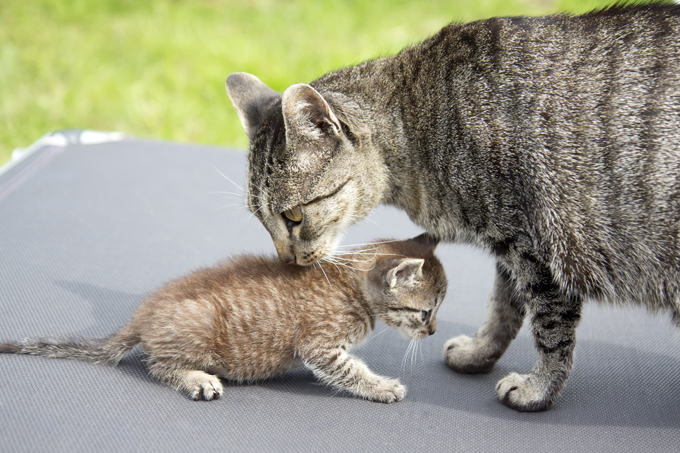
(Picture Credit: Getty Images)
-
Cats cannot see in complete darkness, only at low light levels.

(Picture Credit: Getty Images)
-
Humans greet each other by shaking hands; cats greet one another by touching their noses together.
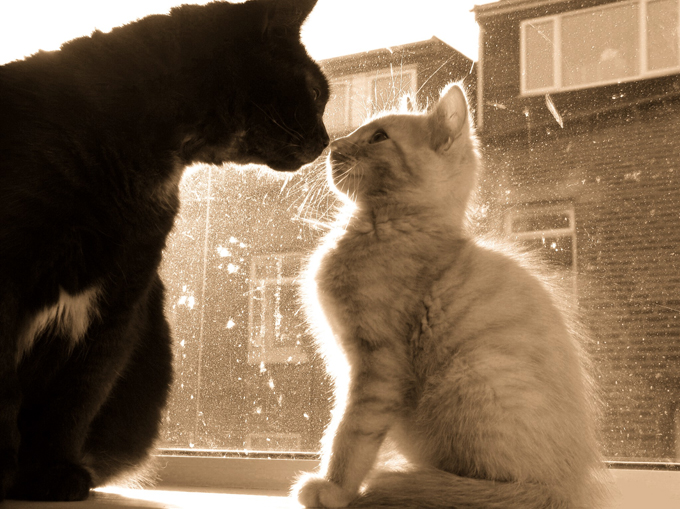
(Picture Credit: Getty Images)
-
Cats can get tapeworm from eating mice.
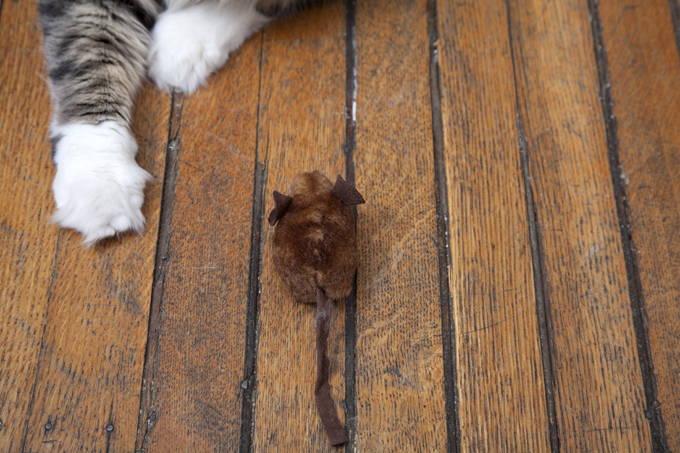
(Picture Credit: Getty Images)
-
Most cats are lactose intolerant and should not be given cow's milk.
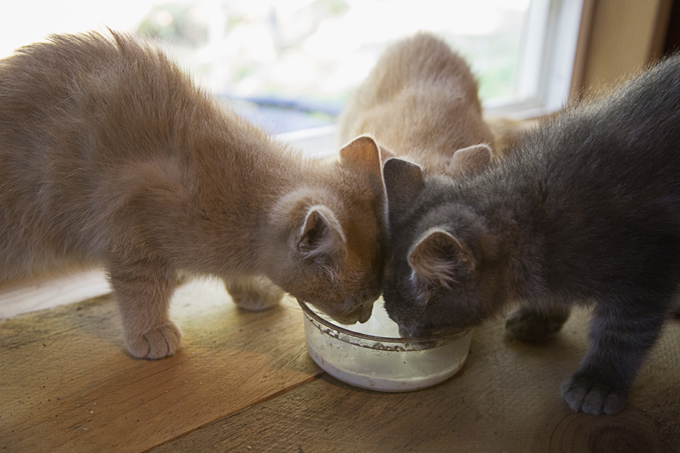
(Picture Credit: Getty Images)
-
Cats knead with their paws when they are happy.
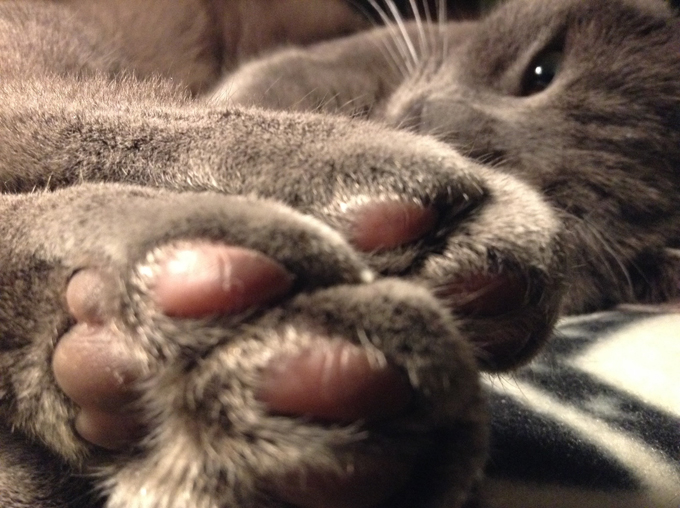
(Picture Credit: Getty Images)
-
Cats have sandpaper-like tongues that they use to clean and groom themselves.
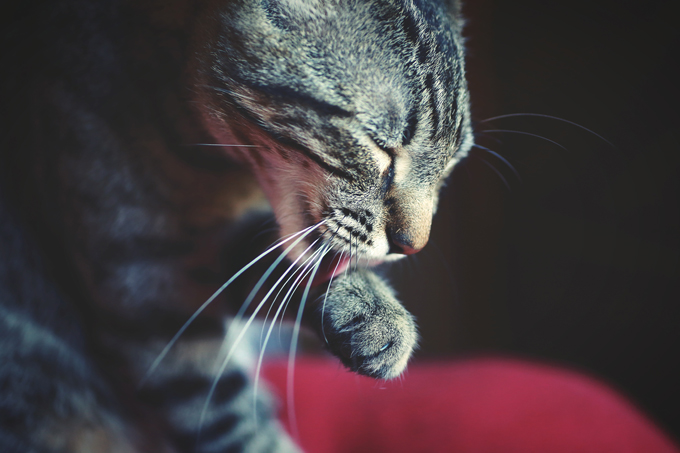
(Picture Credit: Getty Images)
-
Unlike humans, cats only sweat through their paws. This is why you may see them leave moist paw prints in the summer time!

(Picture Credit: Getty Images)









